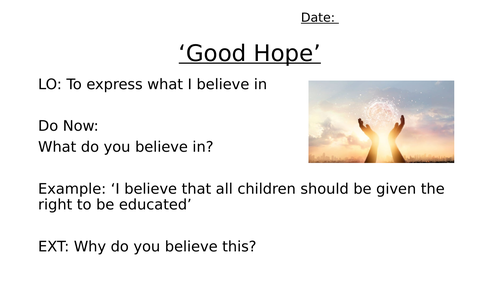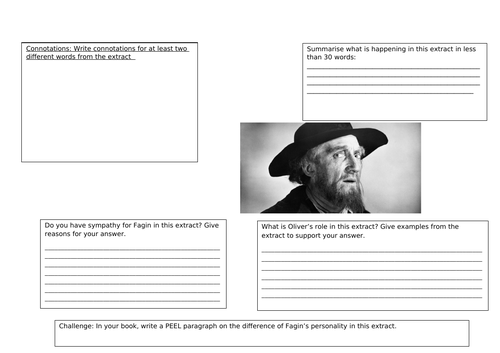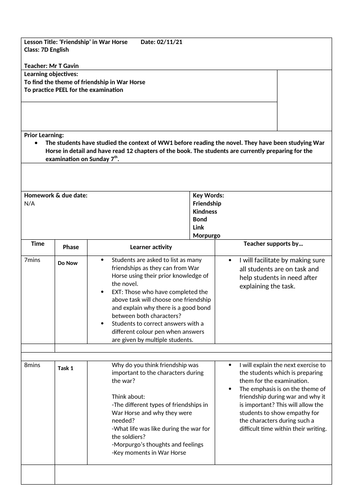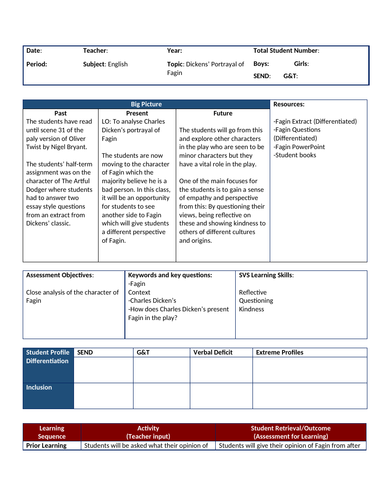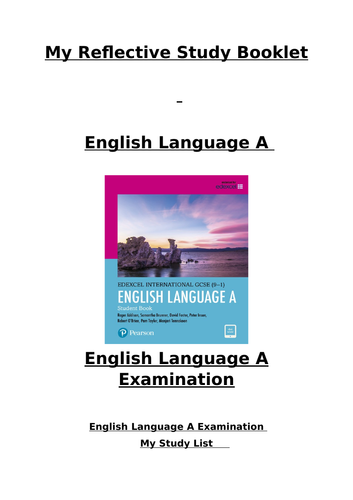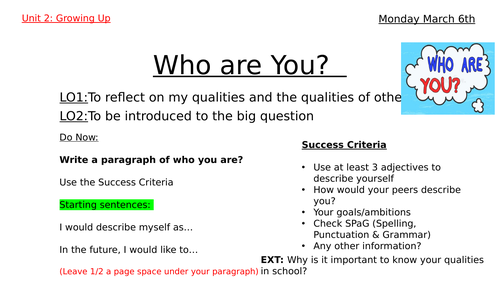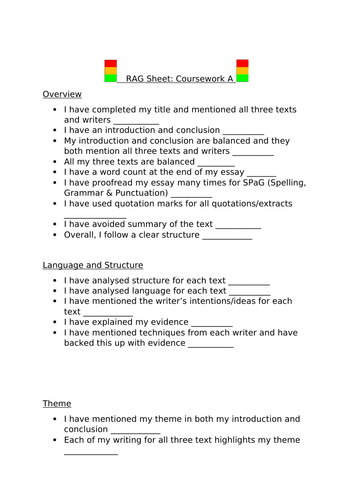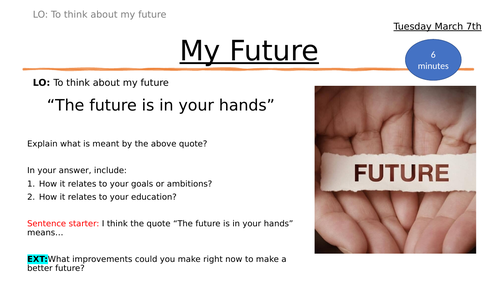Grammar Rocks
Hi there! I'm both an English and Geography teacher in London. I am currently working in an Outstanding school which is my second Outstanding school of my career in London after teaching in both Ireland and the Middle East. My resources are both English & Geography resources where I like to give the student an active role in their learning. It is done by many activities such as Q&A sessions, exercises, group/pair-work and many others.

